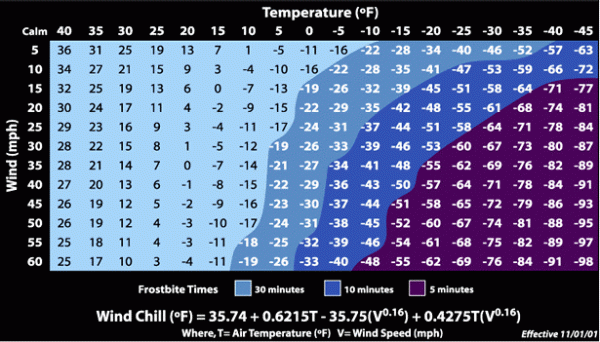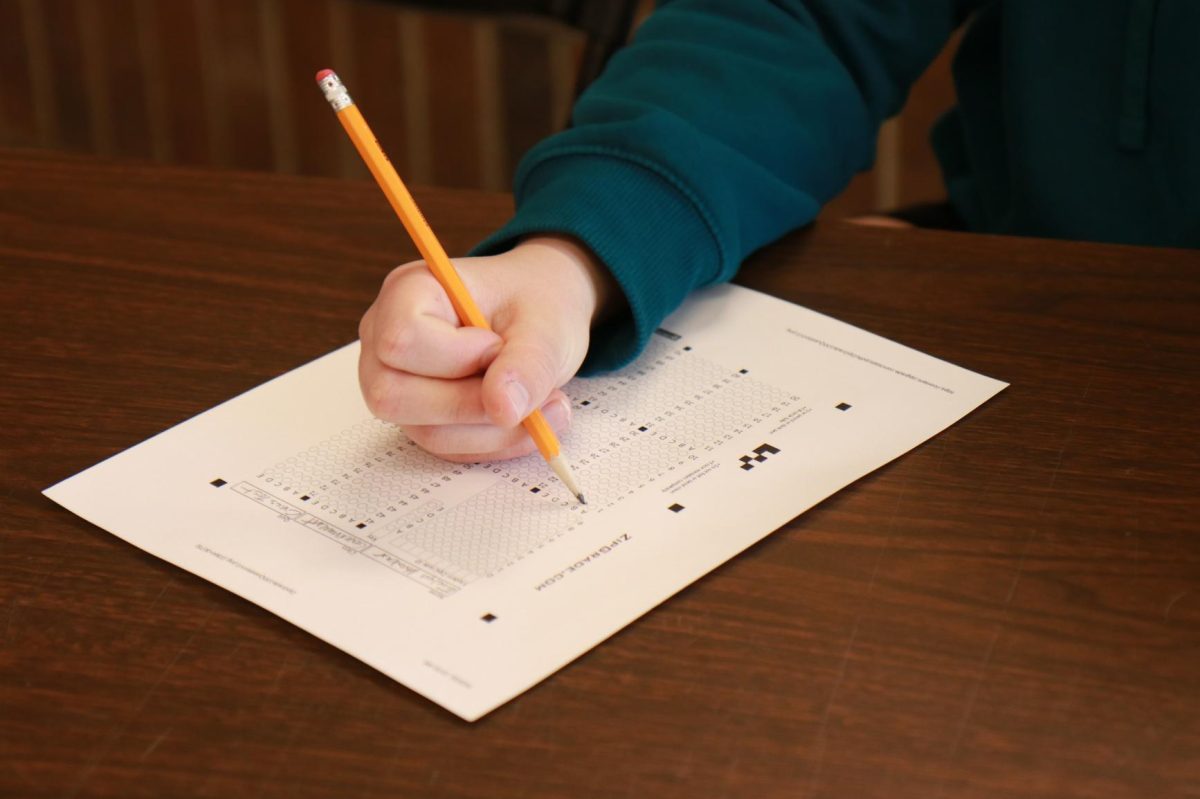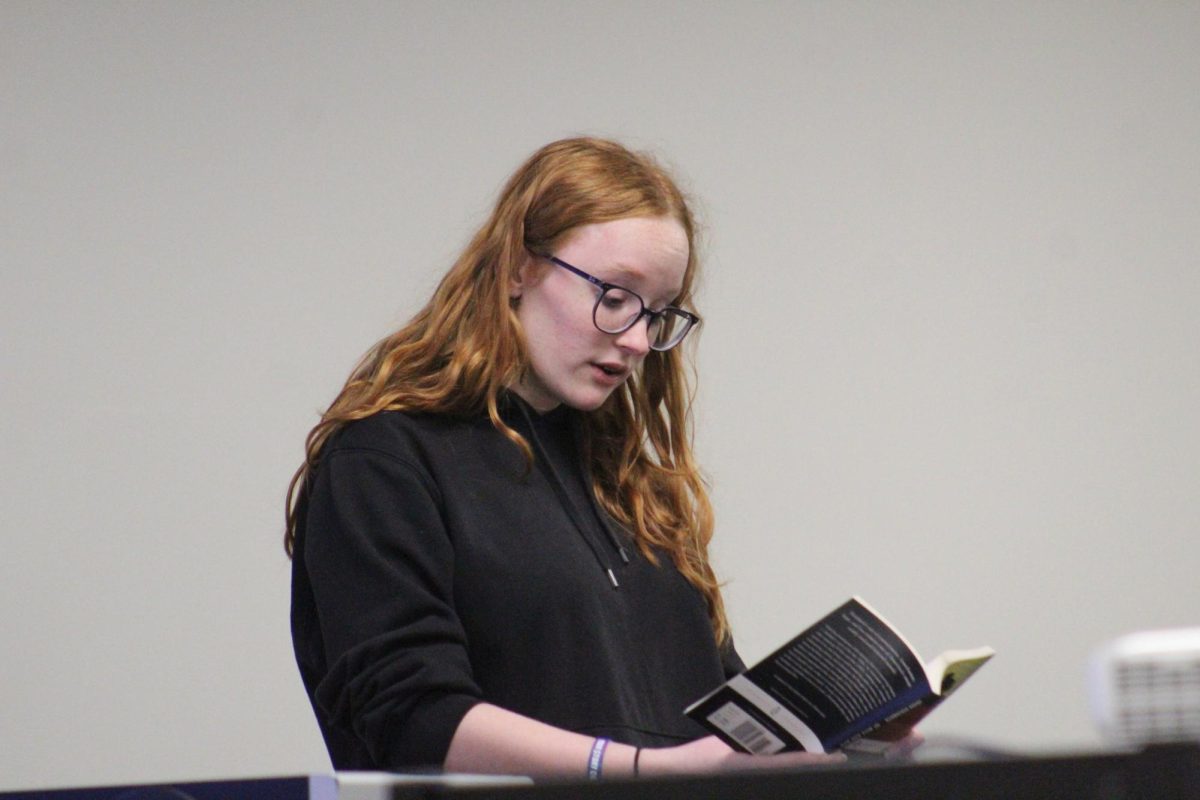Now that we’re deep in the midst of winter, snow days and late starts are becoming more and more frequent. But what qualifies for a school day change? Being unprepared for these days can lead to a loss of much wanted sleep or simply just being unprepared for what your upcoming days will look like. Plus, too many hours missed from school means the school year will be extended into summer to make up for the hours lost.
One common misconception made is the difference between a cold day and a snow day. Yes, both end up with school being canceled, but the requirements differ.
To qualify for a cold day, the temperature in the mornings shows frostbite times of 30 minutes or less by 10:00 am of that day. This is for the safety of the students who may walk in the mornings, and because the cold temperatures affect the engines of the buses students may rely on to get to school. The school board’s decision will always be released by 9:00 pm the preceding day.
For a snow day, the decision is less on the temperature, and more on the condition of the roads. If the roads are too hazardous for buses and driving students, as well as faculty. A much shorter notice is given, with the school board having until 6:00 am the day of the potential snow day.

These are examples of full-day cancellations, however, for shorter periods of bad weather, a shortened day may be given. Depending on the time of the weather, school will be released two hours earlier or begin two hours later.
A two-hour late start is similar to the cold day criteria. If the weather is showing a frostbite time of less than thirty minutes, by 6:00 am that day, the day will be pushed back. The effects of this on the school day are that breakfast is no longer served, AFT and/or advisory are removed, and school periods are moved around and shortened to accommodate lunch times and for students to be able to attend every class.
The reasons for a two-hour early release can vary depending on the inclement weather. As such, the criteria are much more vague. If the weather is expected to worsen to a dangerous degree throughout the school day, students and faculty are released two hours early.
The effects of school-day alterations may be more long-lasting than meets the eye. By Iowa law, a mandatory school year must consist of 180 days or 1080 hours of teaching. The Iowa City Community School District 2023-2024 calendar provides for 1216 hours this year, which leaves a margin of 136 hours before it affects the end of the school year. As of January 17, 39 of those hours have been used, leaving 97 hours. Additionally, due to district policy, when the school day is altered due to weather conditions, after-school activities are canceled- late starts notwithstanding.
















